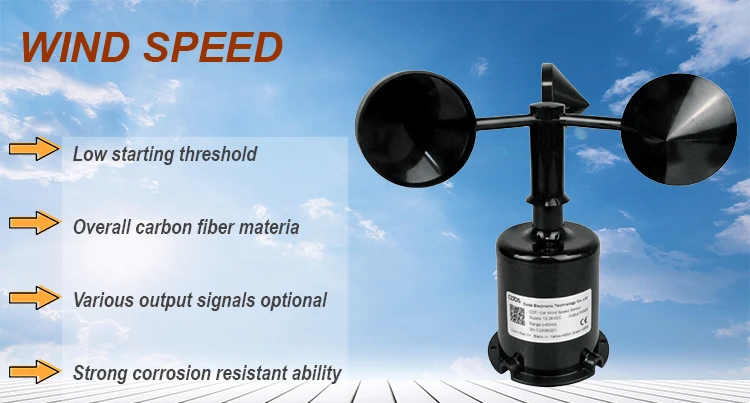Wind Direction Measuring Instrument
April 11, 2025 | News | No Comments

# Wind Direction Measuring Instrument
## Introduction to Wind Direction Measurement
Wind direction is a crucial meteorological parameter that affects various aspects of our daily lives, from aviation to agriculture. Measuring wind direction accurately requires specialized instruments designed to detect and record the direction from which the wind is blowing.
## Types of Wind Direction Measuring Instruments
### 1. Wind Vanes
The most traditional instrument for measuring wind direction is the wind vane. This simple yet effective device consists of an arrow or other asymmetrical shape mounted on a vertical axis. The vane rotates freely to align itself with the wind direction, pointing into the wind.
### 2. Sonic Anemometers
Modern technology has introduced sonic anemometers, which use ultrasonic sound waves to measure wind speed and direction. These instruments have no moving parts and can provide highly accurate measurements at rapid intervals.
### 3. Windsocks
Commonly seen at airports, windsocks provide visual indication of both wind direction and approximate speed. While not as precise as other instruments, they offer quick visual reference for pilots and ground personnel.
## How Wind Direction Instruments Work
Wind direction measuring instruments typically operate on one of these principles:
– Mechanical response to wind force (wind vanes)
– Detection of phase shifts in ultrasonic pulses (sonic anemometers)
– Visual observation of fabric response (windsocks)
Most professional instruments provide output in degrees from true north (0° or 360°), with common compass directions often indicated as well (N, NE, E, SE, etc.).
## Applications of Wind Direction Measurement
Accurate wind direction data is essential for:
– Weather forecasting and climate studies
– Aviation operations and flight planning
– Marine navigation and sailing
– Wind energy production
– Agricultural spraying operations
– Air quality monitoring
## Choosing the Right Instrument
When selecting a wind direction measuring instrument, consider:
– Required accuracy and resolution
– Environmental conditions (temperature, humidity, etc.)
– Maintenance requirements
– Data recording and transmission capabilities
– Budget constraints
Professional meteorological stations often use combinations of instruments to ensure reliable data collection under all weather conditions.
## Maintenance and Calibration
Regular maintenance is crucial for accurate wind direction measurements:
– Keep moving parts clean and lubricated
– Check for proper alignment with true north
– Protect sensors from ice buildup in cold climates
– Perform periodic calibration checks
– Replace worn components promptly
Proper installation is equally important – instruments should be mounted at standard heights (typically 10 meters above ground) and away from obstructions that could create turbulent airflow.
## Future Developments
Emerging technologies in wind direction measurement include:
– Miniaturized sensors for portable applications
– Improved resistance to icing conditions
– Enhanced digital signal processing
– Integration with IoT networks for real-time data sharing
– Advanced materials for longer service life
As our understanding of atmospheric dynamics grows, so too does the sophistication of instruments designed to measure wind direction with ever-greater precision.
Keyword: instrument measure wind direction